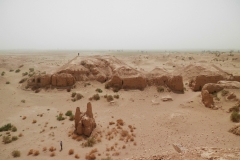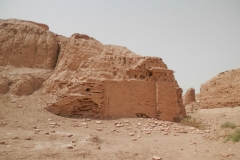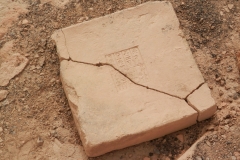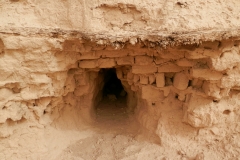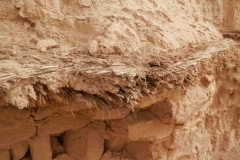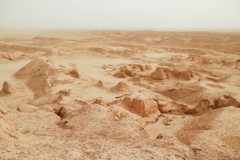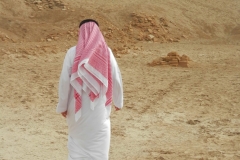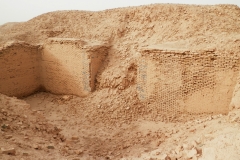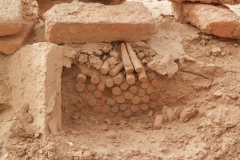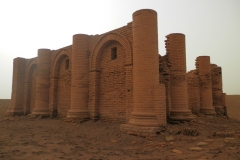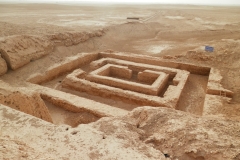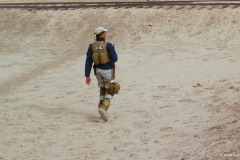In the City of Gilgamesh
Fact meets Fiction at the Dawn of Time
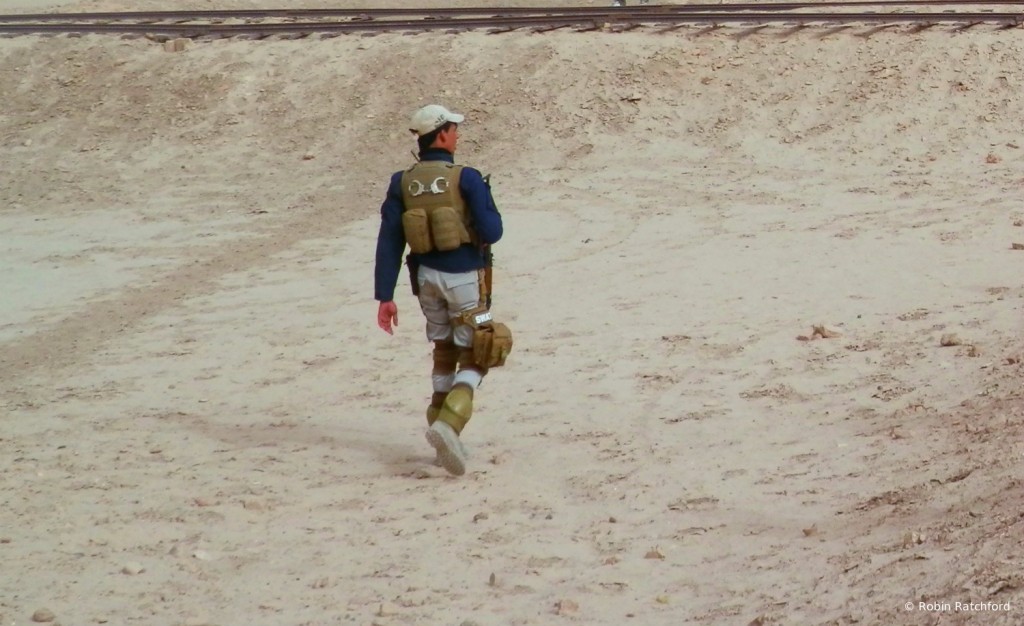
Uruk, in what is today southern Iraq, is one of the oldest cities on earth and a thought provoking place to visit. As I walked around the crumbling remains, the ground littered with shards of pottery thousands of years old, it was a strange feeling indeed.
Referred to in the Old Testament as Erech, the Sumerian city state of Uruk was inhabited from about 4000 BC until the 6th century AD, the ruins of some buildings dating back six millennia. The emergence of writing and monumental public architecture here between 3400-3100 BC make Uruk the first true city and civilisation in human history.
At its height around 2900 BC, Uruk had up to 80 000 inhabitants, making it probably the largest human settlement in the world at the time. Over the millennia, several cities were built, one on top of the other.
Uruk was situated on the Euphrates, but the river has since changed its course, leaving the city surrounded by desert. It was the fertile flood plains of the Euphrates and the Tigris that made Mesopotamia one of the ‘cradles of civilisation.’
Uruk was the city of the Sumerian king Gilgamesh, the eponymous hero of one of the world’s first literary works. The story is centred on the relationship between Gilgamesh and Enkidu, a wild man created by the gods and sent to distract the king from oppressing his people.
In fact, following a wrestling match between them, Gilgamesh and Enkidu become inseparable friends. When Enkidu dies, Gilgamesh is distraught and embarks on a quest for immortality. After a long and dangerous journey, he is told: ‘The life that you are seeking you will never find. When the gods created man they allotted to him death, but life they retained in their own keeping.’
The Epic of Gilgamesh is a fascinating tale, which, like the Bible, includes references to a great flood. It weaves fact with fiction, but shows that the people who lived in this city thousands of years ago reflected on many of the same issues which occupy our thoughts today. This link to the past is one of the things that makes a visit here so special.
Gilgamesh was a real man and it is he who is credited with building Uruk’s famous walls around 2700 BC. Measuring nearly 10km in length, the 15 metre high walls were fortified with 900 towers.
Today, little remains of Uruk’s defences and the city’s once magnificent buildings. The forces of erosion have taken their toll on the mud bricks of which they were built, but the site is no less marvellous for it. The walls may have crumbled to dust, but Gilgamesh’s name lives on.
Uruk was superficially excavated in the 1850s by the British geologist and archaeologist William Loftus and then more thoroughly by the Deutsche Orient-Gesellschaft (German Oriental Society) in 1912-13 and 1928-39. Further excavations took place in the 1950s and 1960s and again at the beginning of this century.
In this album, you can see a selection of photographs taken during my first trip to Iraq in 2012.
RETURN
